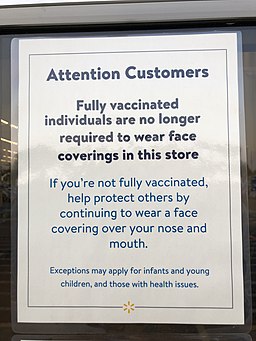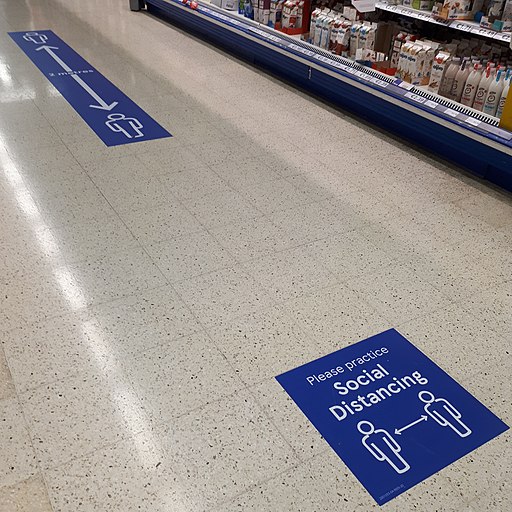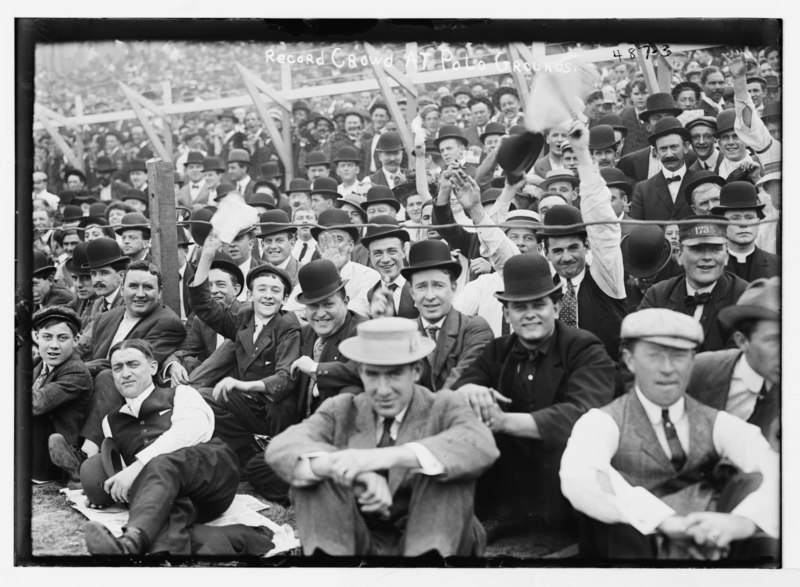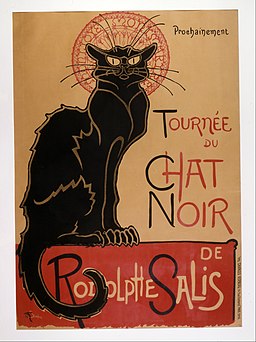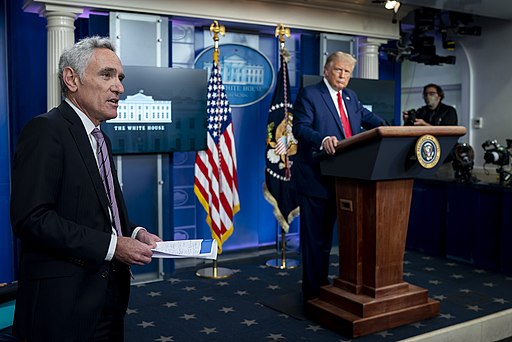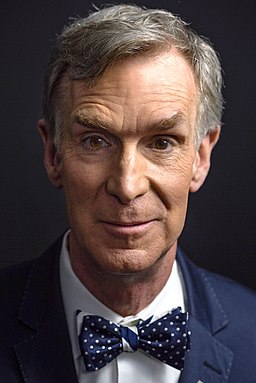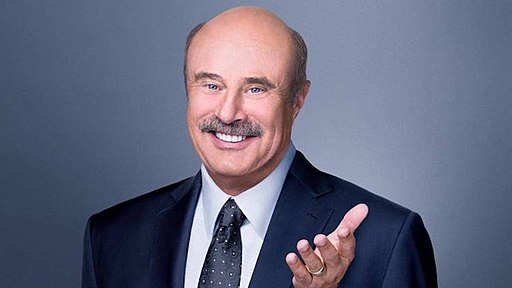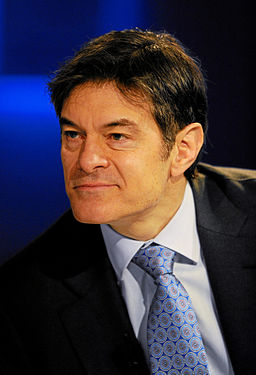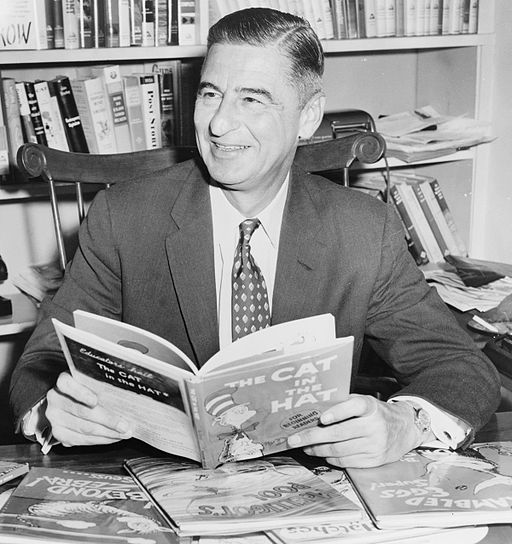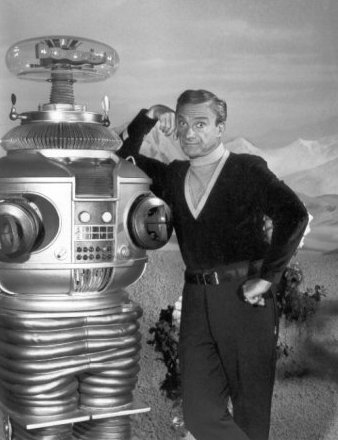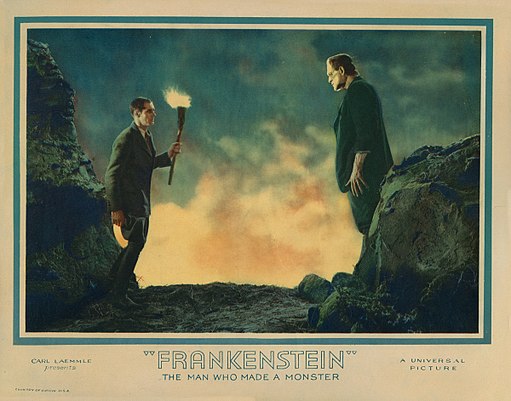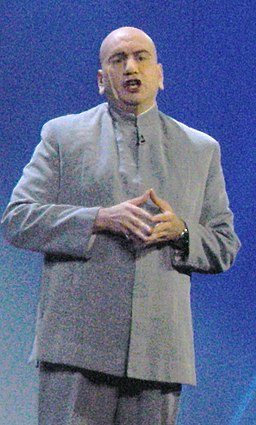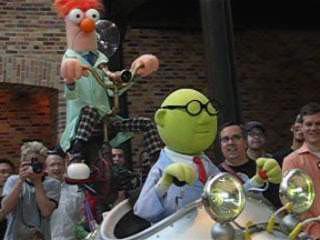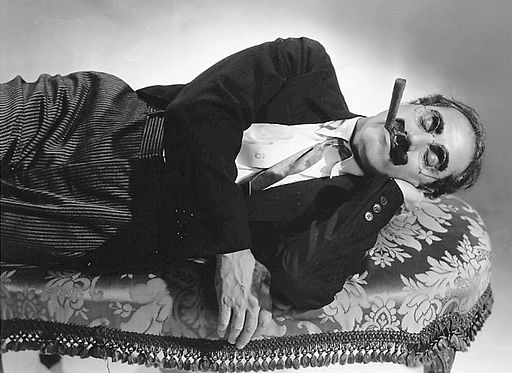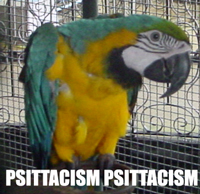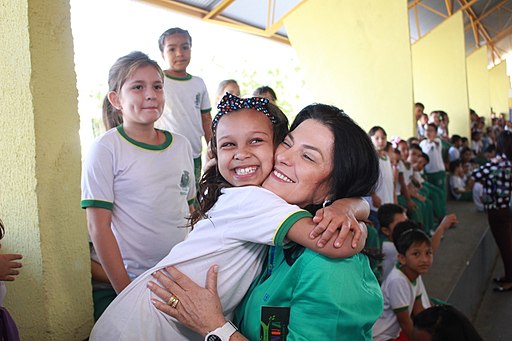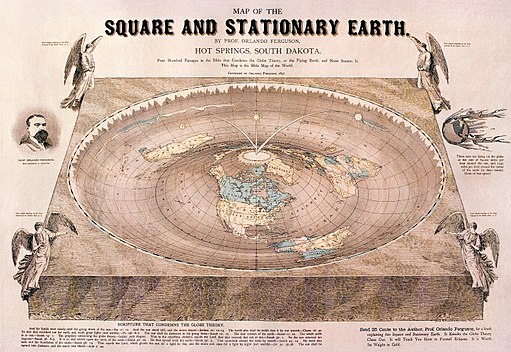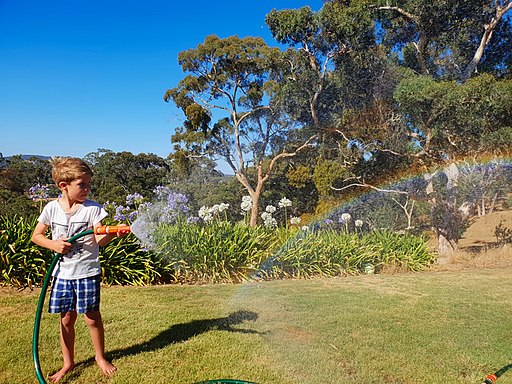Doubt Is Our Product
— from a 1969 tobacco industry internal memo sent by an executive at Brown & Williamson Tobacco Corporation.
death cult
2. A religious group that requires demonstrations of faith involving the risk of death.
— a definition from Wiktionary.
What the Wiktionary definition of “death cult” overlooks is that it doesn’t necessarily have to be a religious group. It can be a political – or more broadly cultural – group, though it will still share many of the same characteristics of a religious group, such as unquestioning devotion to, and faith in, a leader either living or dead, and often scorn for those outside the group, sect, or tribe. The Republican Party has become such a death cult, and particularly that greater part of it which remains devoted to their Orange Leader, their president in exile.
For some large corporations, it might be that death is their product, and the politicians and media organizations in their pocket are the salespeople. Gullible people without critical thinking skills are their customers. Viewing the customers that —way strips them of their agency, however, and portrays them as passive receptacles for mind poisons, when in reality they are active participants in their deception because it reinforces what they want to believe. They want to stand science on its head and believe the vaccines for COVID-19 are the real poison in our midst, not the virus.
“I see them! Over there against the stormy sky. They are all there. The smith and Lisa, the knight, Raval, Jans, and Skat. And the strict master Death bids them dance. He wants them to hold hands and to tread the dance in a long line. At the head goes the strict master with the scythe and hourglass. But the Fool brings up the rear with his lute. They move away from the dawn in a solemn dance towards the dark lands while the rain cleanses their cheeks from the salt of their bitter tears.”
— the acrobat, Jof, describing one of his visions to his wife, Mia, at the end of Ingmar Bergman’s 1957 film, The Seventh Seal.
— Vita



